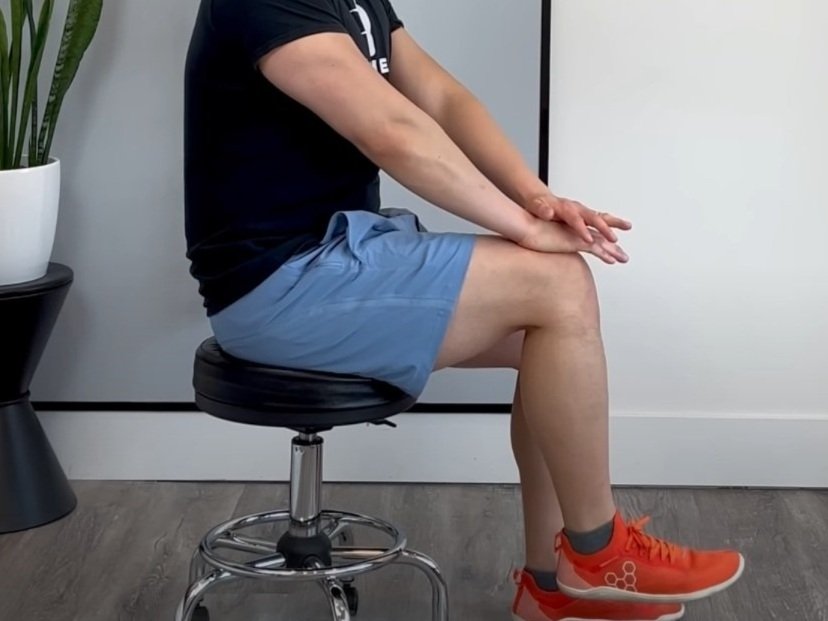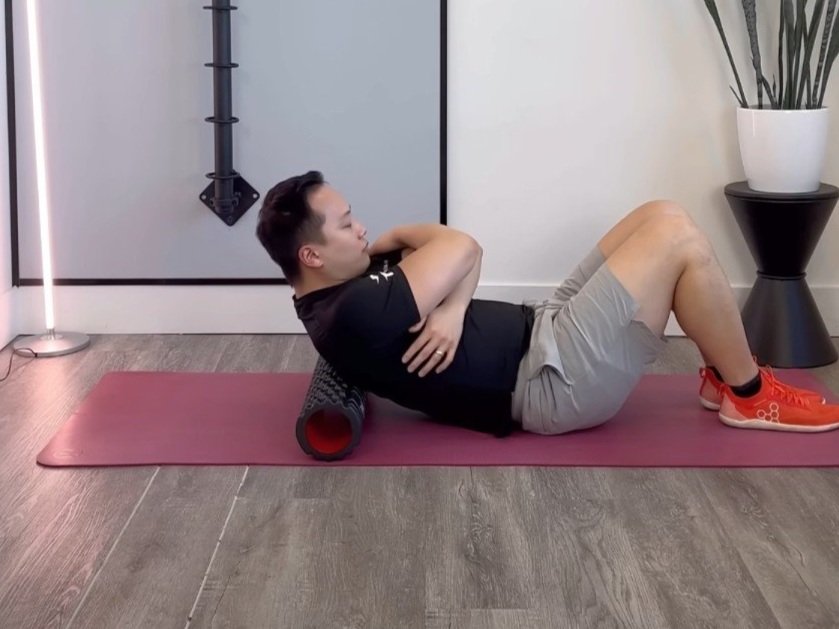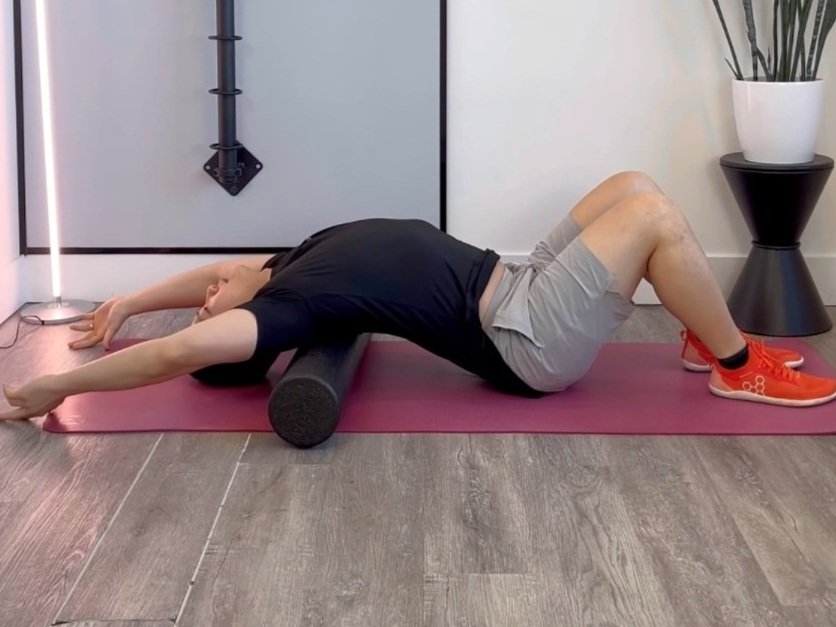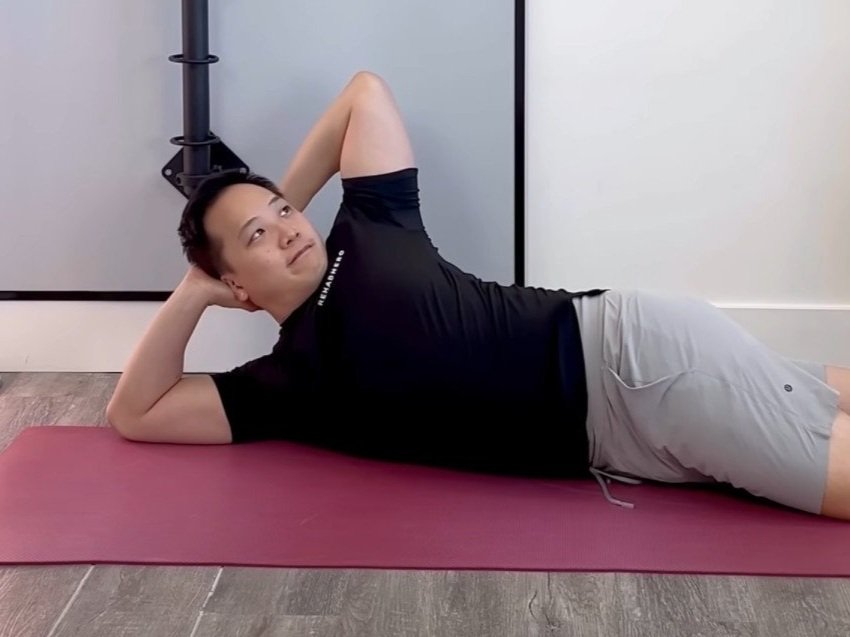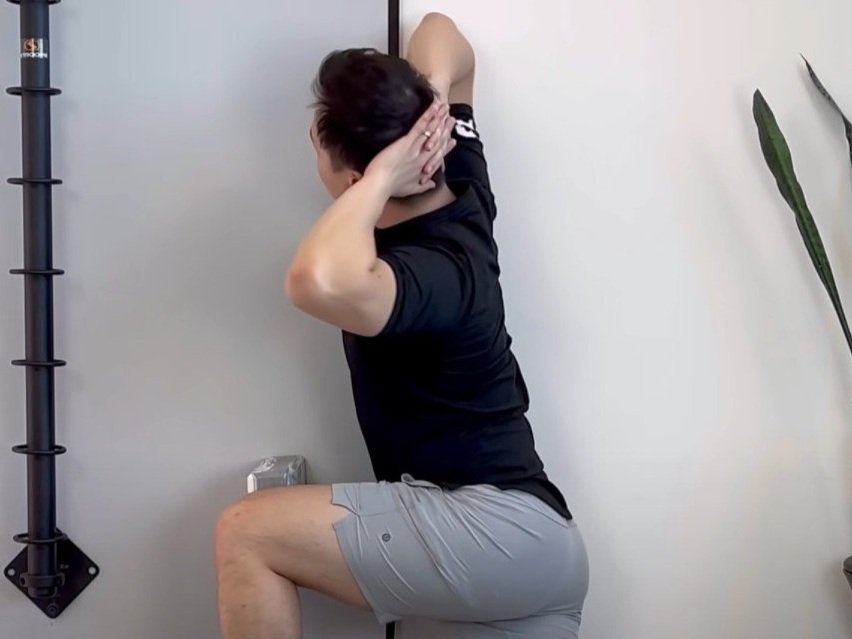5 THINGS YOU NEED TO KNOW ABOUT MOVEMENT (PT. 5/5) MOTOR CONTROL & PATTERNING
Part 5 - Motor Control & Patterning
What you need to know to succeed in the world of movement.
What is Motor Control?
Motor control is the sum of all parts of movement. It is sequentially controlling and moving a body part in the most optimized manner. It involves utilizing your agonist muscles (prime mover), and antagonist muscles (co-contractors) in eccentric, concentric, or isometric contractions. It is about pivoting the strengths of your muscles in their roles in mobility, stability, or flexibility in all required ranges of motion. It is about unconsciously or consciously knowing when to turn a muscle on, when to turn it off, and when to fire off the next muscle to complete a fluid movement. It may involve changing the type of muscle contraction mid-movement. In the fitness/gym world, it is known as perfect form. In the athletic performance world, it is known as skill development. In the rehab world, it is about moving without compensating at a seemingly unrelated region in your body. In the rehab world, it is known as a movement patterning.
Now that we have flexibility, joint stability and mobility, and muscular capacity, we now need to know how to control it one giant movement pattern.
Why is Motor Control & Patterning Important?
Motor control and patterning is essential for injury risk reduction due to the impact it can make to your injury threshold curve (see previous blog post part 4/5 about this topic). The fact is, no matter how much stronger you can make your joints or the surrounding soft tissues, some positions will always carry a greater risk of injury. You can reduce this risk by 1) increasing the tissue’s tolerance to load or by 2) reducing the risk of falling into unfavourable positions. The first takes some time for the body to adapt to loads your progressively feed it, while the latter tends to be quicker depending on your ability to learn new movements. For those who ONLY have a motor patterning issue, simply correcting your form can be enough take away your pain completely & almost immediately. That is the power of form correction & proper motor control development. Realistically, you will have to also do some additional rehab strengthening to adapt the injured tissues, but correcting movement patterning can nip problems in the bud.
I like to tell my patients this analogy – imagine you have an open wound caused by a pin pricking your skin over and over again. You can put as many ‘band-aids’ on that wound to help stop the bleeding, prevent the area from getting dirty or infected, or even ease some of the pain (via mechanoreceptor stimulation). But at the end of the day, you will eventually need to REMOVE that pin from pricking you over and over again in order to give the wound time to HEAL. In this case, dysfunctional movement patterning is the pin. You need to remove the aggravating movement.
Looking at the big picture
With regards to motor control and patterning issues, it is ESSENTIAL to look at the big picture of things in a movement. Zoning in on the area of complaint is a BIG MISTAKE. Something like a wrist issue from ‘cooking too much’ may actually be stemming from a shoulder issue – where lack of shoulder strength/mobility creates a greater demand on your wrist to complete the same task. In this respect, looking at things in a global lens will unveil a lot about a person’s movement quality and daily habits. If you keep focusing on the wrist (‘the wound’), without ever looking at the shoulder (‘the pin’), you will fail to correctly identify the underlying reason for your pain, therefore failing to get better.
A classic example is a baseball pitcher with an elbow injury on their throwing arm (ie cubital tunnel syndrome). A LOT of things have to go right before a baseball pitcher can release the ball without elbow pain. And guess what? It starts at the FEET. In an over simplified model, a baseball player must:
1) Have foot stability to anchor and pivot his body over
2) Rotate through the knees and hips
3) Rotate through the trunk aka torso
4) Rotate through the shoulders
5) Rotate through the elbows
6) Release the ball
In this large cascade of events, if any rotation is lost through steps 2-4, then the elbow will have to pick up the slack and overextend its rotation to allow a pitch to occur. As a result, the tissues of the elbow are unnecessarily overloaded, creating pain and pathology. In this instance, the elbow was victim, it wasn’t the culprit.
How do I develop Motor Control?
Realistically speaking, during your rehab journey you would want to address motor control issues while also working on other identified issues in joint stability/mobility, muscular/joint capacity, etc. Motor control development takes after the expression ‘practice makes perfect’. Or as one of my professors used to say, ‘perfect practice makes perfect’. It is not simply doing a movement over and over again until you somehow get it right. It is about being intentional with your movement, with clear goals that need to be achieved while you do it. After some time, it may come more naturally. In the beginning, it can be very tough. All it takes is identifying where the movement is dysfunctional, and working on correcting it until it becomes natural.
That Sums up the 5 Fundamentals of Movement! Thank you for spending the time to read this content, I hope you have managed to learn a thing or two about exploring what it means it move.

















